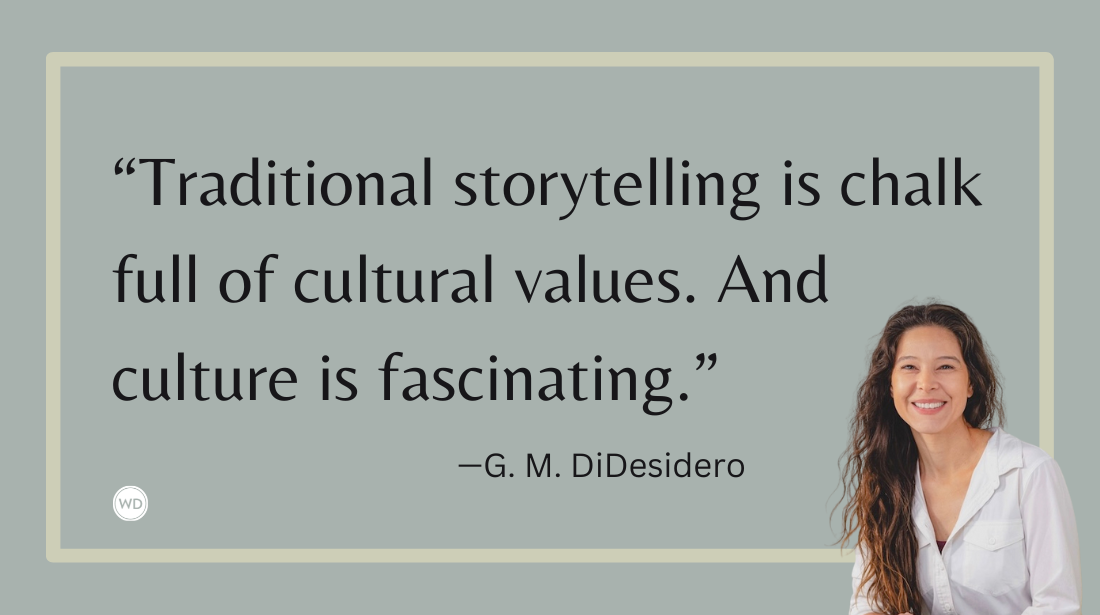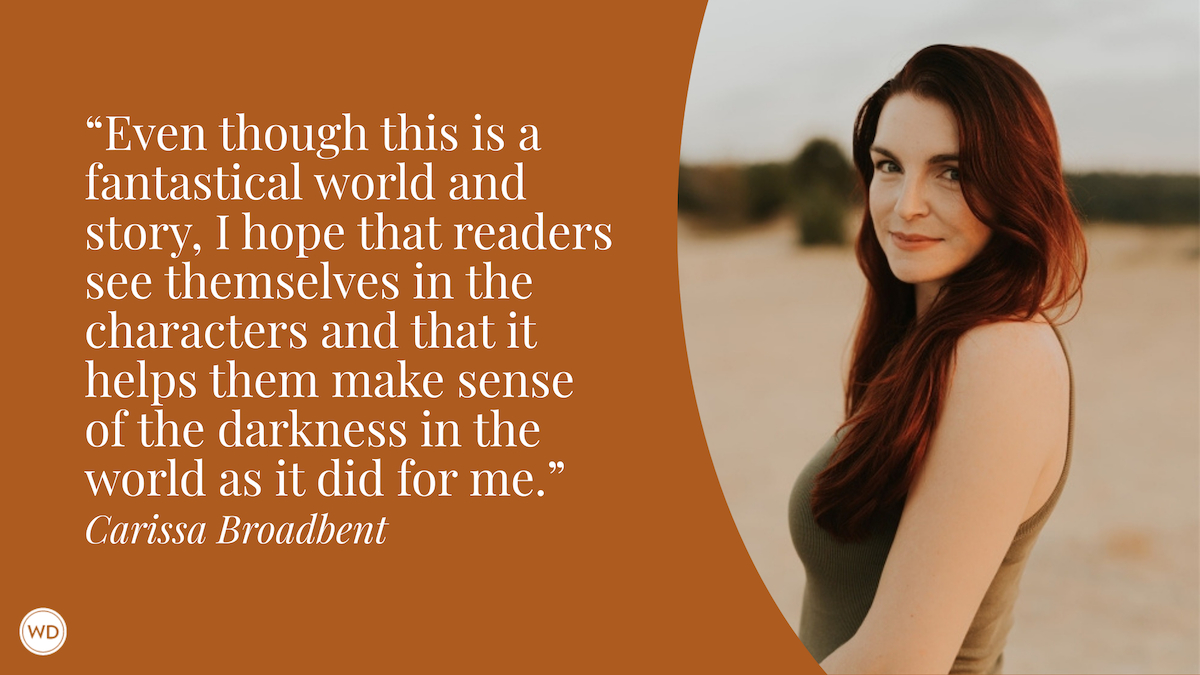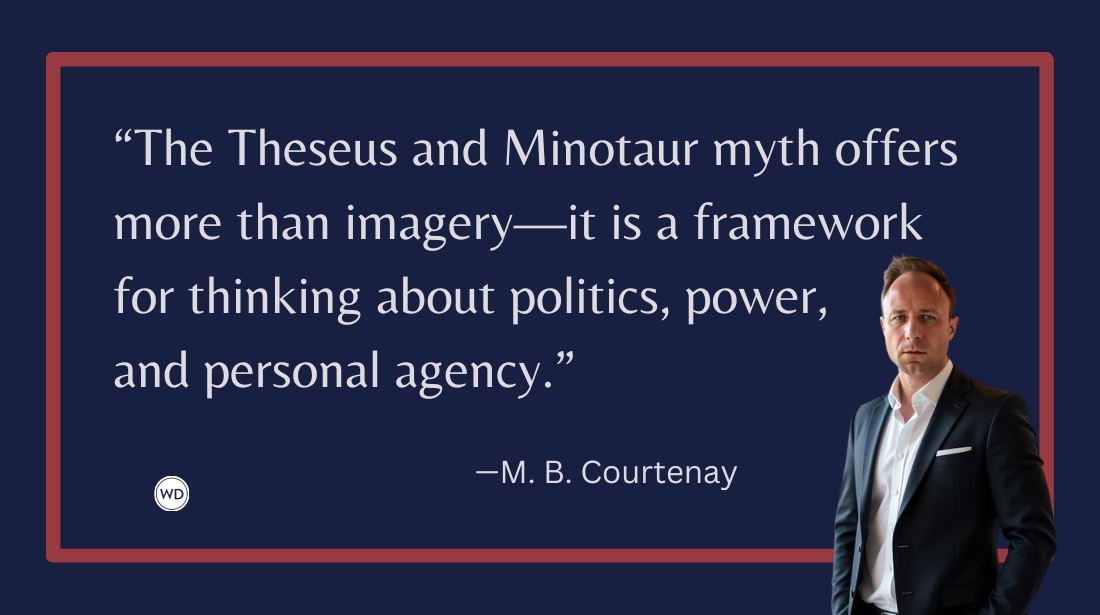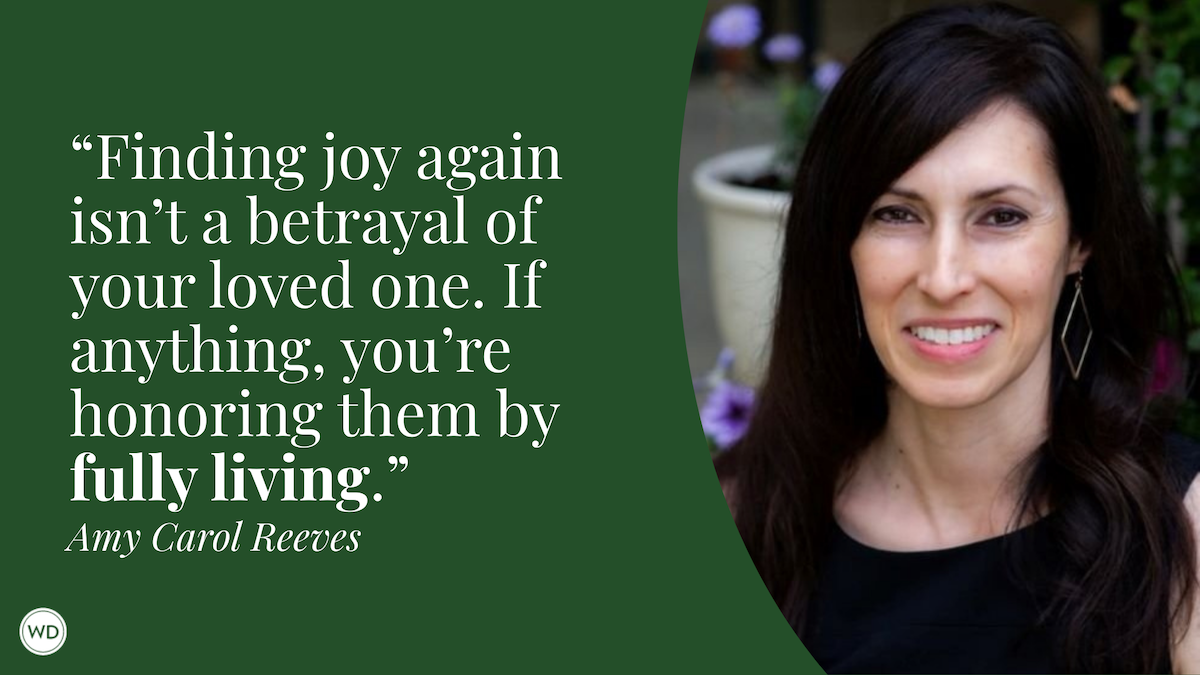The Balance Between Romance and Romantic Suspense
When combining two highly popular genres into one story, it’s important to get the balance right. Here, New York Times and USA Today bestselling author Colleen Coble discusses balancing romance and romantic suspense.
Suspense is a popular genre, and so is romantic suspense. There are some differences between the two genres. If you enjoy suspense, will you like writing romantic suspense? It depends.
The balance between suspense and romance in a romantic suspense can vary by author. When I first started writing romantic suspense, I had a 50/50 balance, but I loved the suspense part so much I started moving in the direction of more suspense. Now my balance is more like 80% suspense and 20% romance. But both prongs are necessary to fully develop story and to satisfy the reader.
For a comparison of balance, let’s take a look at a couple of writers. Nora Roberts is well known for both her romance and her romantic suspense, and I’ve read many of her books. Whiskey Beach is one of my favorites. The tone is suspense right from the start with Bluff House and its history. She has the perfect balance of the points of view between the main protagonists as the story unfolds and the danger ramps up. Eli doesn’t meet Abra right away, not until he’s reflected about finding his wife’s body. So, as readers, we know there’s going to be danger front and center. And Nora’s promise of suspense and romance mingled together is spooled out with all the right notes. It’s a great book to read if you’re trying to figure out how to construct a perfect romantic suspense—which I’ll refer to as RS from now on—with a high dose of suspense.
Lisa Gardner is my favorite suspense writer. While she sometimes has a relationship developing, I would not call her books romantic suspense. The driving force of her novels is very much the suspense. She is also a master at developing two female protagonists in some of my favorite books. Touch and Go is my favorite—maybe because somehow it was the first of her books I’d read, even though it was book 2 in the series. The story starts off with Libby just before she and the rest of the family are abducted. It’s in first person POV, and the writing is fabulous. Before long we’re plunged into Tessa Leoni’s POV. She’s a detective—a smart one. And as a reader, we are equally rooting for Tessa and Libby which is very hard to accomplish. Most of the time one or the other of the protagonists have a reader’s attention, but Lisa is so good at writing that we care about both women. Our attention is never off the suspense and what is happening to both. Adding romance to such an intense suspense would likely spoil the fun for her readers. There is already so much going on that a romantic layer would distract from the suspense.
Both types of novels have to include a plot with a protagonist, a villain, and imminent danger. With a romantic suspense you develop a romantic relationship as well. This can actually make the balance a little tricky. You have to make sure you’re not pausing to develop the romance plot at a high-suspense moment. Who stops to smooch when a killer is chasing you? It has to flow and make sense without losing the reader’s interest. So watch where you put those moments that let the reader catch their breath. The pacing matters in both RS and suspense.
Romance can be one of those layers that deepen characterization. A relationship layer adds conflict and can ramp up the suspense as the danger spreads to a loved one. With a romance, you also have two point-of-view characters so you get different perspectives on what’s happening in the story. That different view can add suspense if some events are happening outside the main protagonist’s POV, and the reader gets anxious about what’s coming that the main character can’t see.
IndieBound | Bookshop | Amazon
If you’re a plotter, you have to plan both integral plots and make sure they connect and weave together in the right places. If you’re more of a pantser, you have to have good instincts on when to vary the action with the romance. I like to have my hero and heroine working together. It’s an ideal way to have the relationship develop as they butt heads and learn to work together. In older RS novels the hero often saves the heroine, but today’s readers like to see the female lead with some skills to occasionally save the guy. But you always have to keep the romance reader in mind. A good alpha character can endear himself to readers so let him flex his muscles too.
So what should you write? There’s no correct answer, though I agree with Michael Hauge (The Hero’s Two Journeys) who says a little love interest helps every story. But you don’t have to go as far as RS if you don’t want to. A little can go a long way. Gardner’s excellent D.D. Warren series has a very slow-moving romance weaving through the books. It adds a great layer without going all the way into RS.
Whatever you choose, watch your pacing, and use the relationship as a great additional layer for your readers!
Colleen Coble is a USA TODAY bestselling author of more than 75 books and is best known for her coastal romantic suspense novels. Connect with Colleen online at colleencoble.com, Instagram @colleencoble, Facebook @colleencoblebooks, and X @colleencoble.









